By Ray Linville
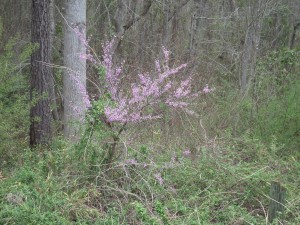
The eastern redbud tree is one of the first heralds of spring. Underneath the pine trees of our state, this flowering tree creates a magnificent sight as temperatures begin to warm. Because the redbud is so prominent as an ornamental, we tend to overlook its role in our food culture.
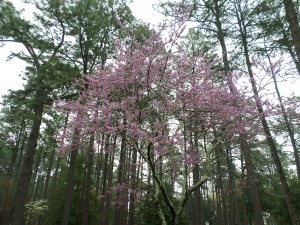
When I was out for a daily walk, I passed a redbud tree at its flowering peak. I couldn’t resist closing my hand and sliding it down a thin branch. With a handful of redbud blossoms, I continued on my way. Instead of enjoying only its beauty, I wanted to enjoy its fragrance — after all, it’s been a favorite for generations to make spring jelly. Earlier generations also gathered redbud blossoms to add a spring sweetness and a delicious fresh crunch to salads. (Today they can also improve wraps and sandwiches.)
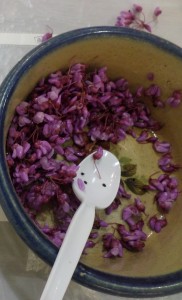
In the early 1700s, explorer and writer John Lawson described redbud flowers as being excellent for salads – the best “of any flower I ever saw,” he wrote in his book about plants, wildlife, and Native Americans of the Carolina interior. His descriptions and specimens created an intriguing picture for early settlers as well as Europeans wanting to know more about the landscape of the colony.
The redbud tree has had a special place in the foodways of North Carolina for centuries.
Native Americans ate redbud flowers boiled as well as raw. The spring favorite for many now is using redbud blossoms to make jelly. Today, some families also bake redbud blossoms into eggs and pancakes. More from the tree than the blossoms have been useful in our foodways. For example, green twigs from the tree are used as a seasoning for wild game such as venison in areas of southern Appalachia.
The blossoms range from pink to reddish purple. The darker the color, the more I appreciate them. They appear in clusters of two to eight on pedicels, or stalks. (With a little tug, they easily slide off into your hand.) Previous winter chilling enhances flowering, which may explain why blossoms this spring appear so radiant after the recent winter that seemed cold for long stretches.
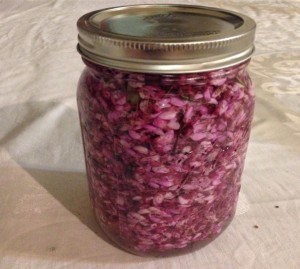
For many years as I’ve traveled throughout North Carolina, I’ve enjoyed seeing redbuds in bloom. They’re easily noticed by the side of roads, at the end of woods, and at the start of open spaces. Redbud trees have thrived as an understory in mixed forests for centuries, although because it’s valued today as an ornamental, it’s extensively planted in residential yards and even commercial centers.
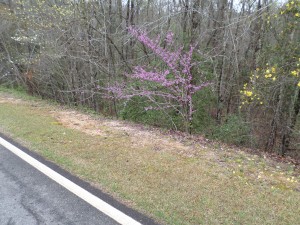
Grabbing a few redbud blossoms as I was on the go made me feel like a colonial settler on a foraging expedition. Because the flowers start to drop after about two to three weeks when the leaves begin to appear, don’t delay in gathering the flowers at their peak.
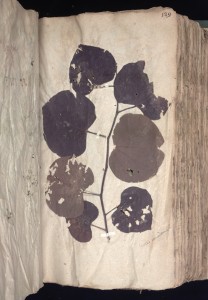
Thanks to Donna Thrasher for posting this on her Facebook page. I really enjoyed reading this. Looking forward to future postings. My ancestors landed in South Carolina, but that’s close.
Bea Strong
Northport, Alabama
They also make an unexpected and awesome flavoring for snowcones!